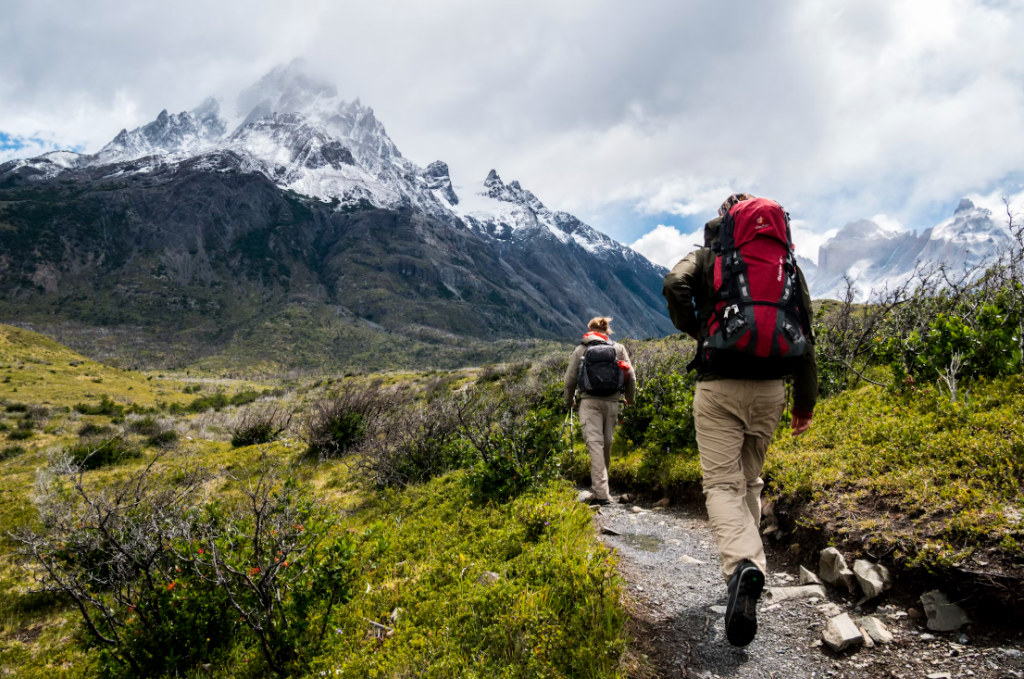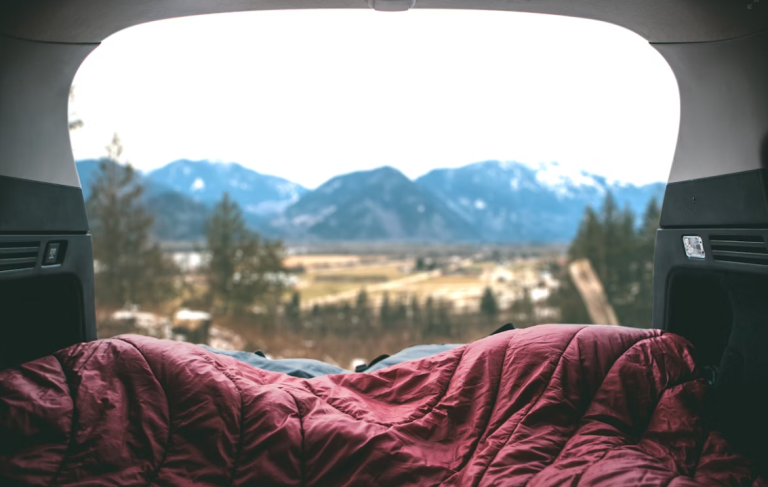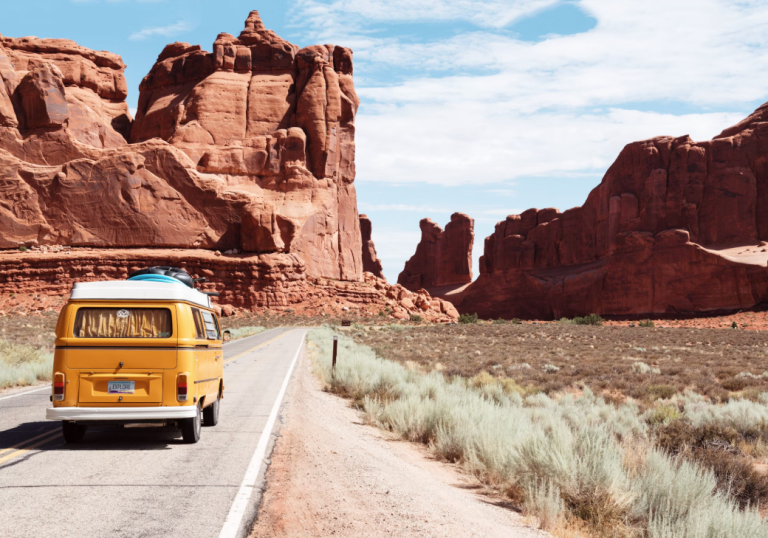
Introduction
Packing light for a trip is an art, but it’s also a game-changer for any adventure. Imagine breezing through airport security, not worrying about baggage fees, and having the freedom to explore without the weight of a heavy suitcase. Whether you’re traveling for business, leisure, or an exciting outdoor adventure, knowing how to pack light and travel smart will make your journey smoother, more enjoyable, and far less stressful.
In this guide, we’ll dive into the essential strategies for packing light, from assessing your adventure’s needs to smart packing techniques that help you maximize your luggage space. Ready to travel smarter? Let’s get started.
The Importance of Packing Light
Packing light isn’t just about fitting everything into a small bag. It’s about enhancing your travel experience, minimizing stress, and ensuring that you have everything you need without the burden of excess.
Reducing Travel Stress
One of the biggest benefits of packing light is the reduction in stress. Carrying a heavy bag can be exhausting, especially when navigating through crowded airports, busy train stations, or remote trails. A lighter load means less physical strain and a more relaxed travel experience. Imagine arriving at your destination without the worry of lost luggage or the hassle of checking in oversized bags.
Maximizing Convenience
Packing light also increases your travel convenience. You can move faster, avoid waiting at baggage claim, and easily stow your luggage in overhead compartments or under your seat. This means more time spent enjoying your destination and less time dealing with logistics.
Assessing Your Adventure Needs
Before you start packing, you need to assess your adventure and understand what you’ll actually need. The key here is to be realistic—don’t overpack for a weekend getaway, but also ensure you have everything necessary for comfort and safety.
Understanding the Trip Type
Different trips require different packing strategies. A city break, a hiking expedition, or a beach vacation each have distinct requirements. For example, packing for a hiking trip means prioritizing durable clothing and gear, while a beach trip will need light fabrics and swimwear.
Researching the Destination
Research the climate, culture, and activities available at your destination. Will you need a jacket for chilly evenings? Is there a local dress code? Being aware of these factors ensures that you don’t end up with impractical items or a lack of essentials.
Creating a Packing List
Now that you’ve assessed your needs, it’s time to create a packing list. This step is critical to avoid overpacking and forgetting essential items. A packing list helps you stay organized and ensures that you only pack what you’ll actually use.
Essentials First: The Must-Haves
Start with the absolute essentials: your passport, travel documents, a reliable pair of shoes, and weather-appropriate clothing. These items are non-negotiable, so it’s vital that they’re prioritized. Consider things like medications, chargers, and toiletries as well—small yet essential items that should be easy to find when you need them.
Optional Items: Think Twice
Next, look at the optional items. Do you really need that extra pair of shoes or that third swimsuit? Think about versatility—items that can serve multiple purposes or be easily layered. For example, packing a scarf that doubles as a beach towel or blanket can save space and reduce the need for additional items.
Choosing the Right Luggage
The type of luggage you choose plays a big role in how light you pack. The right bag can make packing easier and more efficient.
Size Matters: Carry-On vs. Checked Luggage
Whenever possible, opt for a carry-on bag. Not only do you save money on baggage fees, but you also avoid the risk of lost luggage. A well-packed carry-on can fit everything you need for a short trip, including clothes, toiletries, and electronics.
For longer trips, a larger checked bag may be necessary, but don’t go overboard. Be mindful of size and weight limitations to avoid extra fees. A medium-sized roller bag or a backpack can be ideal for balancing capacity and weight.
Durability and Functionality
Durable, high-quality luggage will save you headaches in the long run. Choose a bag with sturdy zippers, water-resistant materials, and easy-to-use compartments. A backpack with adjustable straps or a lightweight suitcase with smooth wheels can make a world of difference in terms of comfort and practicality.
Smart Packing Techniques
Now, let’s dive into the packing techniques that make a huge difference when it comes to saving space and packing efficiently.
Rolling Clothes vs. Folding
While traditional folding takes up more space, rolling your clothes is a space-saver and can prevent wrinkles. It also helps you to see all your clothes at a glance, making it easier to find what you need. Use this method for t-shirts, pants, and light fabrics, but for items like blazers, folding might still be the best option.
Packing Cubes and Compression Bags
Packing cubes and compression bags are a game-changer when it comes to organizing and saving space. These tools allow you to separate your clothing, toiletries, and accessories, helping you stay organized and find things more easily. Compression bags are particularly useful for bulky items like jackets or sweaters.
Organizing Accessories and Toiletries
Use small pouches or zip-lock bags to organize your accessories and toiletries. By keeping these items together, you avoid wasting time looking for your charger or a toothbrush. Consider investing in travel-sized toiletries to comply with airport regulations and to save space.
Packing for Different Weather Conditions
Packing for varied weather can be tricky, but with the right strategy, you can be prepared for anything without overpacking.
Layering for Versatility
Layering is your best friend when packing for unpredictable weather. Lightweight, breathable layers can be added or removed depending on the temperature. Think of packing a moisture-wicking base layer, a mid-layer for warmth, and a lightweight jacket for outer protection.

Planning for Unexpected Weather
Even if you’ve researched the weather, things can change unexpectedly. Packing a compact rain jacket or an umbrella can help you stay dry without taking up too much space. Don’t forget about weatherproof shoes or accessories like hats and scarves.
Minimalist Packing for Long-Term Travel
Long-term travel presents its own set of challenges when it comes to packing light. The key here is to adopt a minimalist mindset.
Rewearing Clothes and Versatility
When traveling for an extended period, it’s important to embrace rewearing clothes. Choose versatile pieces that can be mixed and matched to create different outfits. Don’t forget to wash clothes as you go—this is part of the minimalist mindset.
Conclusion
Packing light and traveling smart is all about simplifying your journey while ensuring that you have everything you need. Whether you’re going on a weekend trip or embarking on a month-long adventure, the right packing strategies can make your experience stress-free and enjoyable. Remember, it’s not about taking less—it’s about taking only what you truly need.

Frequently Asked Questions (FAQs)
How do I pack light for a week-long trip?
For a week-long trip, pack versatile clothing that can be mixed and matched. Stick to the basics and use packing cubes to stay organized. Only pack items you’ll genuinely use, and avoid bringing excess “just in case” items.
What should I prioritize when packing?
Focus on essentials like clothing suited for the weather, comfortable shoes, toiletries, and electronics. Prioritize items that serve multiple purposes and leave out anything unnecessary.
Can I travel with just a carry-on?
Absolutely! Many travelers manage to pack everything they need for a week-long trip into a carry-on. Just be strategic with what you pack and avoid overpacking.
How do I deal with limited packing space?
Use smart packing techniques like rolling clothes, using compression bags, and organizing with packing cubes. Think about versatility and how to maximize every item you bring.
What are the best packing hacks?
Some of the best packing hacks include using a laundry bag for dirty clothes, rolling your clothes to save space, and wearing bulky items like jackets on the plane to save room in your bag.



